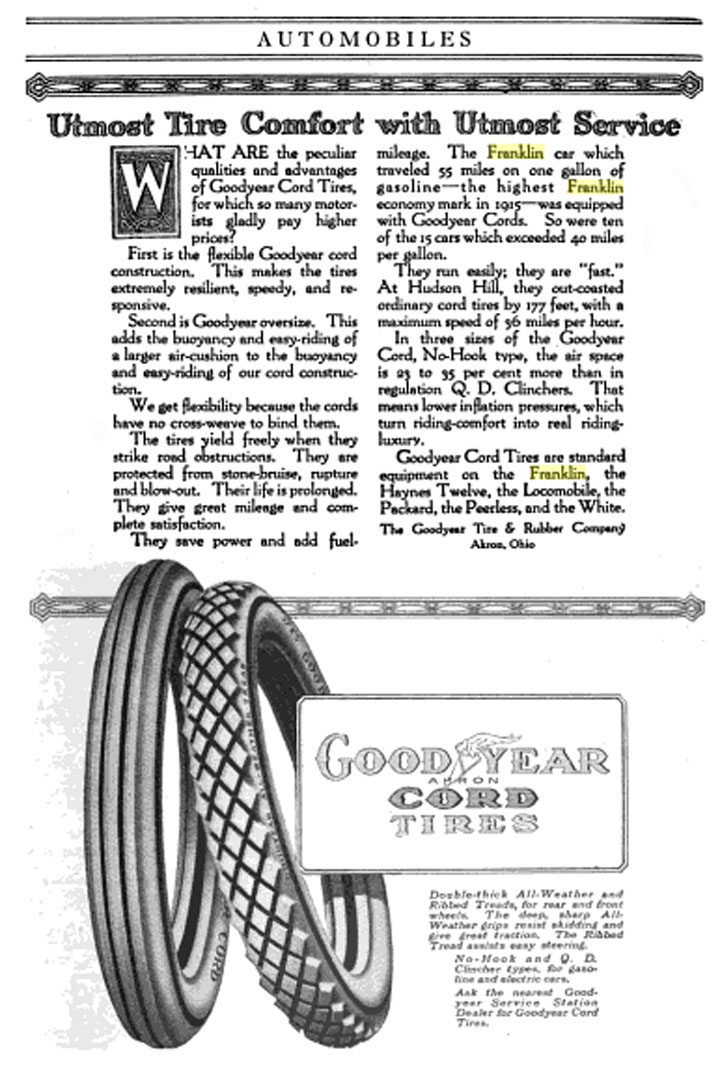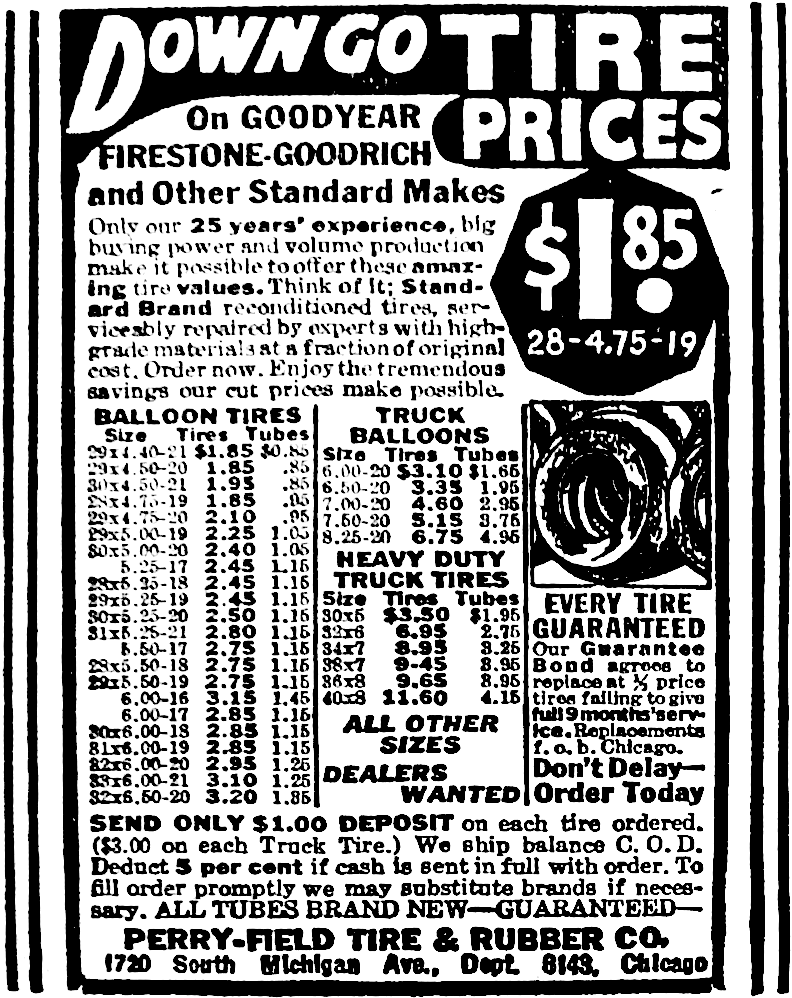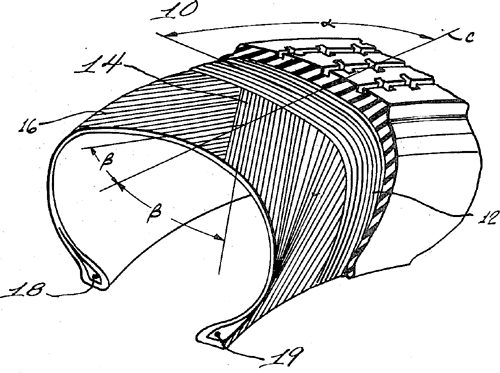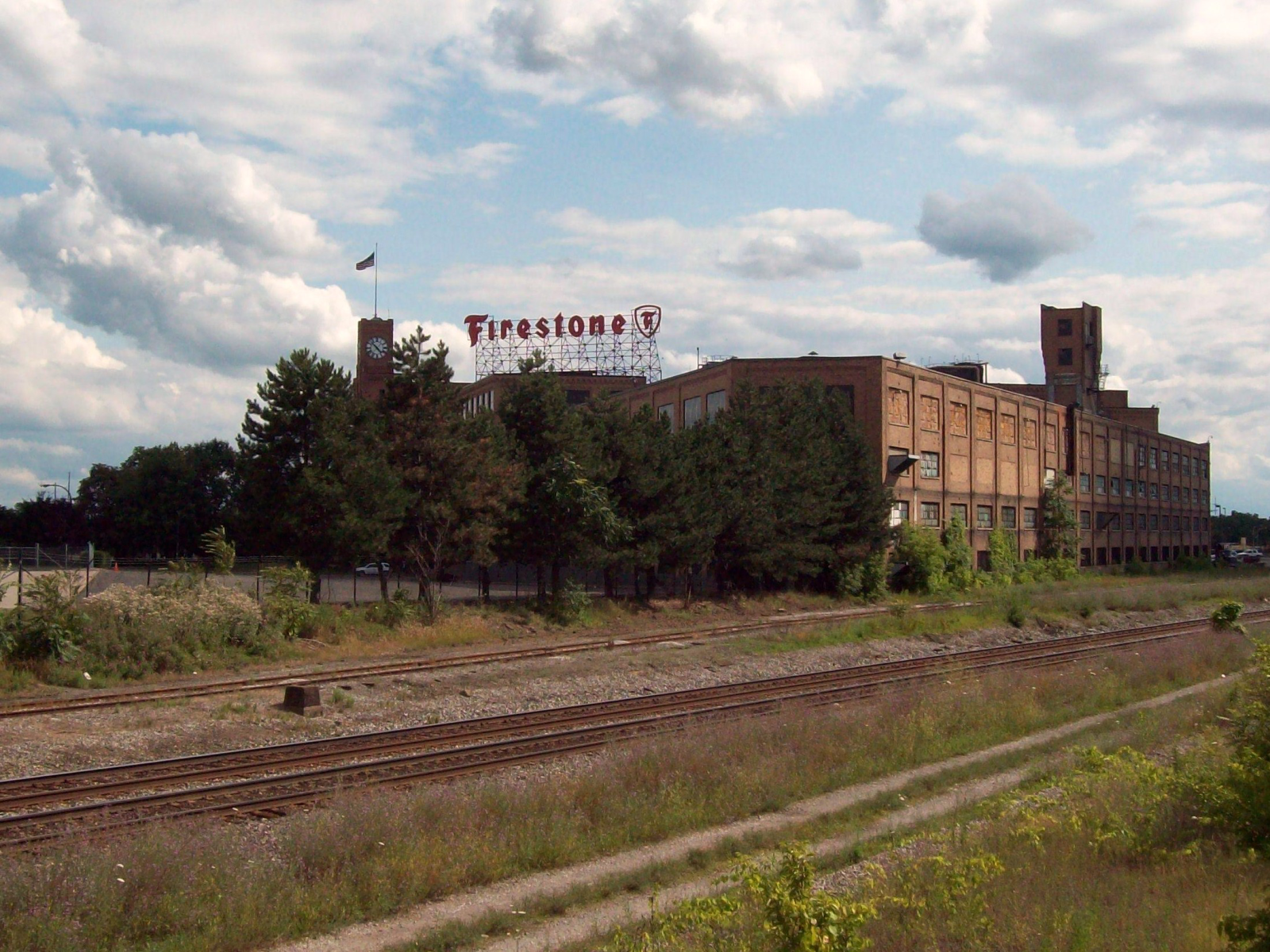The Rise and Fall of Rubber City
by Andy Boyd
Today, failure to adapt. The University of Houston presents this series about the machines that make our civilization run, and the people whose ingenuity created them.
It was a period of great excitement and innovation. Many small companies were spawned. Some flourished. Some were sold. Many went out of business. It's often compared to the early days of Silicon Valley. But the time and place were quite different: the early 1900s in Akron, Ohio.
As the automobile industry grew, so, too, did the tire industry. For three-and-a-half decades starting in 1900, advances in technology produced ever better tires. Engineers and executives flowed freely among companies and with them new ideas and new friendships. By 1935 the industry had consolidated leaving four dominant players: Goodyear, Firestone, B.F. Goodrich, and U.S. Rubber, later known as Uniroyal. These four companies supplied eighty percent of U.S. tires. All were ranked among the hundred largest companies in America, and all but Uniroyal were headquartered in Akron, the "Rubber Capital of the World." Within a few years yet another Akron company, General Tire, would emerge to round out the top five producers.

This is a screen shot taken from a promotional video used by the company to show its history. Photo Credit: Wikipedia

Advertisement for Goodyear Tire Company endorsed by Franklin Auto. Photo Credit:Wikipedia

Advertisement for tires from the Perry-Field Tire & Rubber Company. Advertisement from the pulp magazine Weird Tales. Photo Credit: Wikipedia
One of the earliest and most significant advances in tire manufacture was the introduction of plies 'rubber' coated sheets containing strands of cord run in parallel. When affixed in layers to the inside of tires they greatly improve performance and wear. For more than half a century tire makers laid overlapping plies so that they ran back and forth at an angle of about forty-five degrees to the tread. Known as bias-ply tires they were pretty much the only thing going.
That changed in the early 1960s when the French company Michelin introduced the radial-ply tire. Radial tires are made with the layers of cord running at ninety degrees to the tread. Tests indicated that radial tires doubled tire life, reduced gas consumption, improved handling, and lessened the likelihood of a catastrophic blowout. As a result, European companies were quick to adopt the new technology.

Cross section diagram of a tire showing both bias and radial plies. Numbers 14 and 16 are bias plies and number 12 is a radial ply. Photo Credit: Wikipedia
But back in the U.S. tire makers were dragging their feet. The age of rapid innovation lay thirty years behind them. The cost of new equipment to make radial tires would be enormous. On the other hand, tests were just tests. Did they really prove radial tires were that much better?
In 1968 Consumer Reports said yes. American car makers demanded the new technology, forcing American tire makers to respond. The going was tough, and in the end it was too much for the industry to weather. While the brand names lingered through acquisitions, of the five thriving 1930s giants only Goodyear remains, still headquartered in Akron.

Former Firestone Tire plant in Akron, Ohio, United States. Photo Credit: Wikipedia
In the age of companies like Apple, Tesla, and Uber, it's difficult to imagine tire makers as leading innovators of their times. But good engineering comes in all shapes and sizes. And when companies cease to innovate, it's usually at their own peril.
I'm Andy Boyd at the University of Houston, where we're interested in the way inventive minds work.
(Theme music)
D. Sull. "From the Community of Innovation to the Community of Inertia: The Rise and Fall of the U.S. Tire Industry." Academy of Management Proceedings 2001.1 (2001). See also: http://citeseerx.ist.psu.edu/viewdoc/download?doi=10.1.1.195.3637&rep=rep1&type=pdf. Accessed April 26, 2016.
Many thanks to singer/songwriter Scott Marshall for bringing the following song, When Rubber Was King, to my attention.
This episode was first aired on April 28, 2016